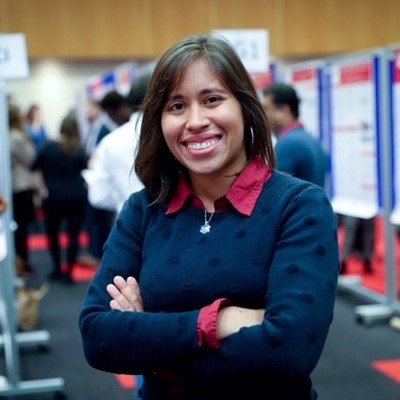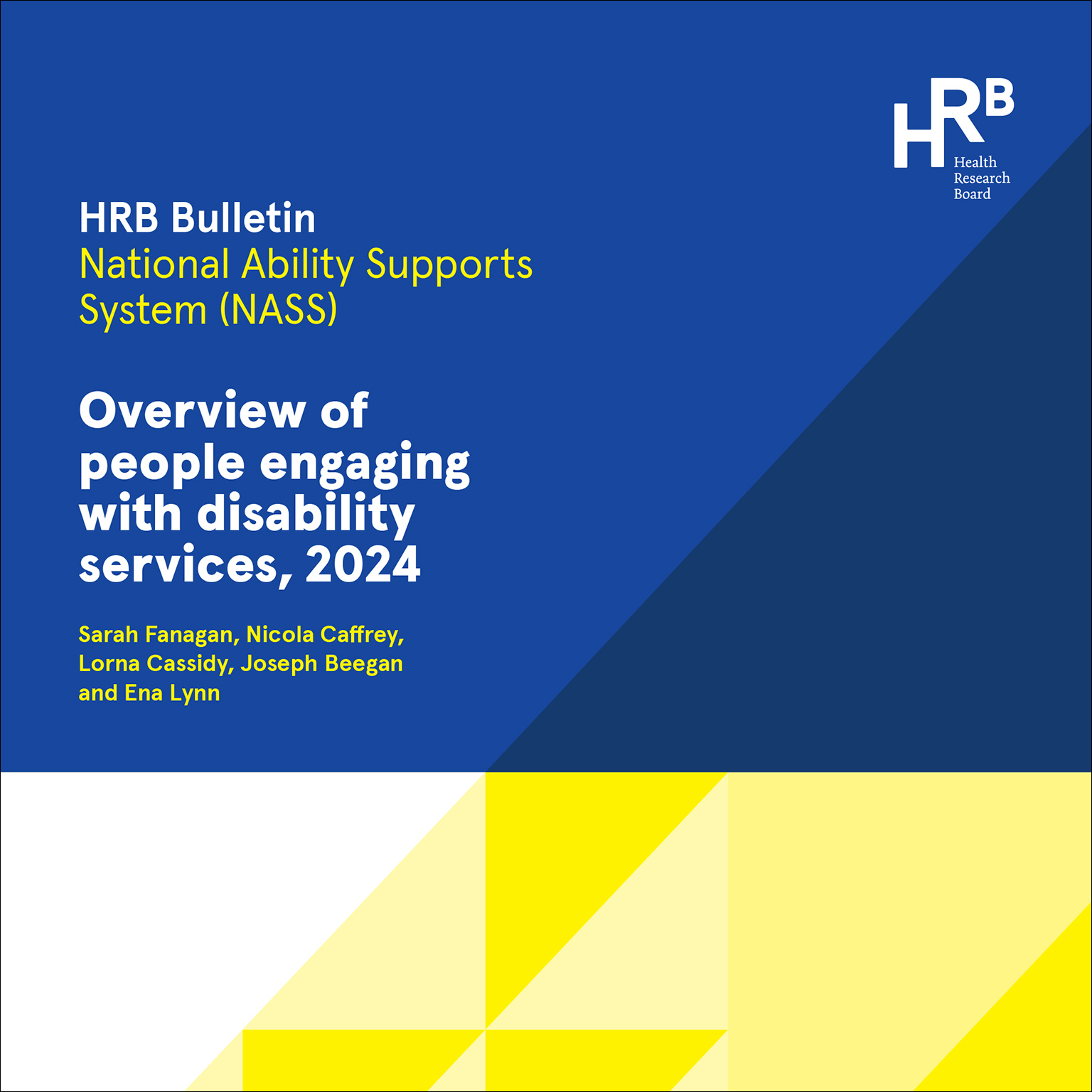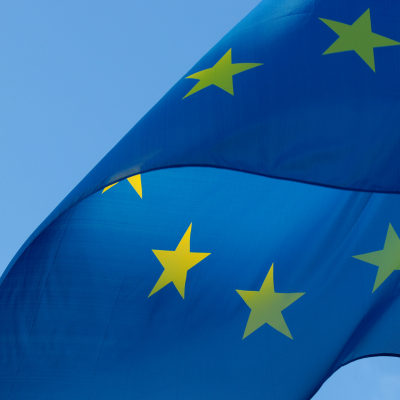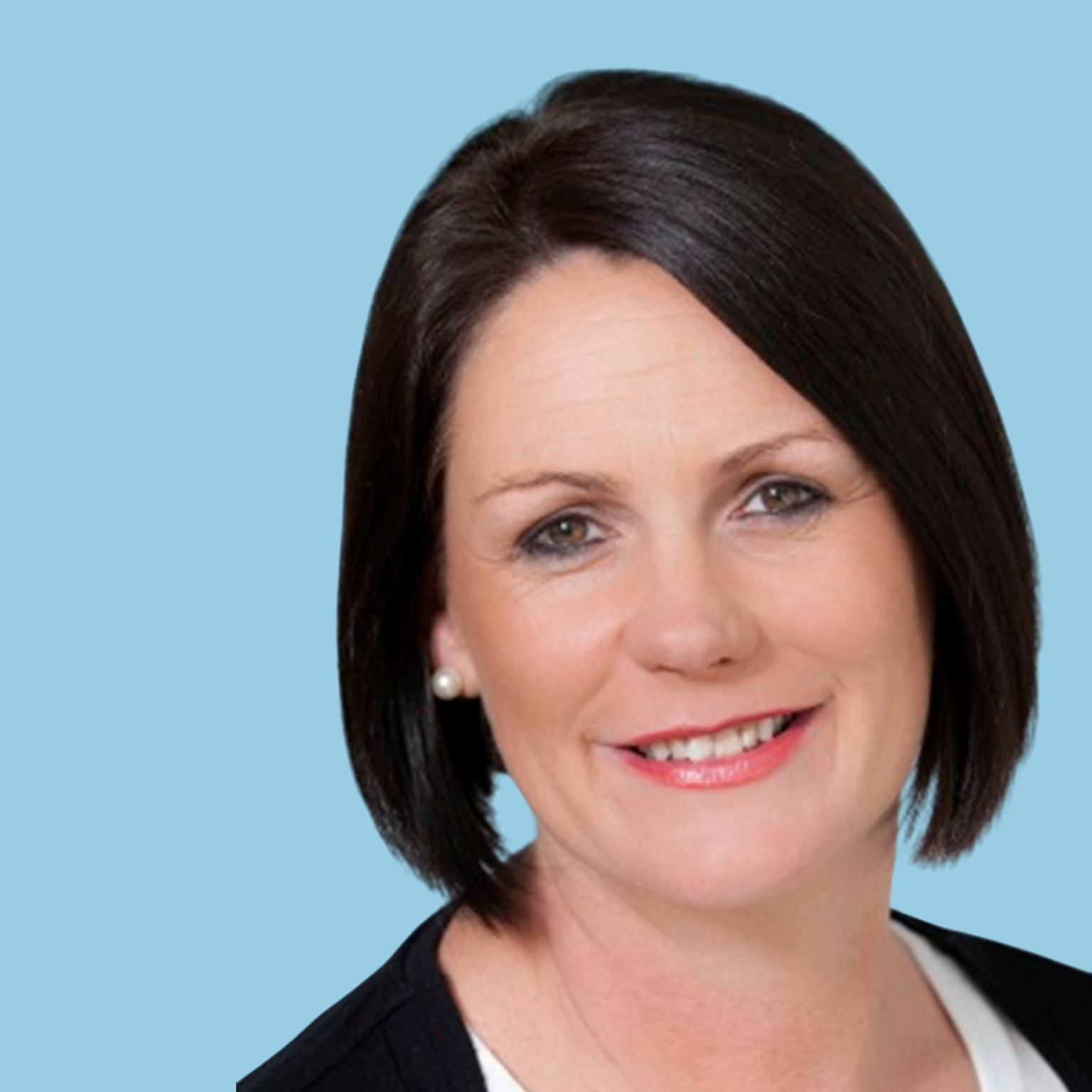Building better bones with biology
Dr Arlyng Gonzalez Vazquez is using tissue engineering to encourage bone and cartilage to repair, and her HRB-funded research at the Royal College of Surgeons in Ireland has found a clue from how children’s bones grow. She talks to Dr Claire O'Connell ...
5 min read - 20 Feb 2020

We might think of our skeletons as just there to keep us upright, to support muscles and protect important organs. But our bones are biologically active: some create blood (in marrow), bones ‘communicate’ with other parts of the body and they constantly adapt to changes in our diets, exercise regimes, age and health. And when bones break or become damaged by disease, it is in our best interests that they heal quickly.
Dr Arlyng Gonzalez Vazquez is on a mission to better understand the dynamics of bone biology and healing, and her recent HRB-funded research has been exploring why children’s bones can heal so quickly compared to older people.
‘When bone is badly damaged, the body might need some help in supporting the repair process, and part of our research in the Tissue Engineering Research Group at RCSI is developing implantable scaffolds and therapies that act on biological targets and promote healing’, explains Arlyng, who is a Research Fellow at RCSI. ‘We know that in general children can heal relatively quickly, so we thought it would be useful to try and figure out the mechanism of bone growth and repair there, and see if we can apply that in a therapy’.
Fruitful collaborations
The group at RSCI, which is led by Professor Fergal O’Brien, teamed up with clinical specialists and patients at Children’s Health Ireland in Temple Street. They identified a biochemical factor in stem cells from children that helps bones to heal. Then, when Arlyng put this biochemical onto implantable scaffolds, she was able to show in the lab that bone healing sped up.
‘We are really happy with the results, the stem cells from children were amazing compared to the stem cells from young adults’, she says. ‘So far the results we have suggest that the biochemical factor on the implantable scaffold works more quickly and specifically than products that are in use in the clinic’.
The next step in the journey is to put the implantable scaffold and factor through more extensive tests, including tests in humans. Meanwhile, the collaboration with Children’s Health Ireland has blossomed into further work with Mr Dylan Murray, with a view to using the tissue engineering approach in the lab to figure out more about why bones in children diagnosed with craniosynostosis (a congenital condition diagnosed in one out 2000 children) prematurely fuse. ‘This can potentially help to develop new therapies for children with craniosynostosis, while also the knowledge acquired from this congenital condition might help us to develop new therapeutic strategies for healing bone fractures in adults’, explains Arlyng.
Biology for medicine
Arlyng is pleased to see how this understanding of biology can be potentially applied in medicine. ‘When I was growing up in Venezuela, I was always interested in medicine, and by studying biology I have found a way to do research that has a medical application’.
Her undergraduate degree in Venezuela switched her interest on in tissue engineering and biomedicine, she recalls. ‘For my undergraduate project, I was working on molecules that could work against bacterial infection, and I wanted to study more in biomedicine. I got a scholarship to study abroad and I did a Master’s degree in Biomedicine in Barcelona’.
During her Master’s, Arlyng built up contacts that led to her doing a PhD at the Institute for Bioengineering of Catalonia through the Technical University of Catalonia. ‘I was looking at the role of calcium in implants or devices that help bones to regenerate’, she says. ‘It gave me a good perspective on how cell biology can team up with material engineering to promote bone repair’.
Broadening horizons
In the course of her work in Spain, Arlyng heard of the Tissue Engineering Research Group at RCSI, and applied to join after her PhD in order to learn more about the engineering aspect of developing materials to help ailing bones.
‘It’s a great group to work with’, she says. ‘We are a myriad of nationalities and backgrounds, including engineers, medical doctors, pharmacists, chemists and biologists, and we all work together. Everyone is open-minded and fun, it has been a good experience for me, and what one person is doing can be useful for others, so it keeps you interested in the different points of view. Even when things are not working, we can discuss it and even go for a pint depending how bad things are!’
Taking breaks from the work is important to maintain balance, says Arlyng. ‘I try to not work in the lab at weekends nor to check emails after hours, and taking that time away keeps me sharper for the research’. She is a keen fan of travel, and likes to spend her free time getting outdoors. ‘Because I am in a lab for work, I enjoy going out for a hike at the weekend, I love the open air’, she says. ‘I have also travelled lots around Europe and around Ireland since coming here in 2014, including the Ring of Kerry and the Wild Atlantic Way. But there is plenty left to explore’.
5 min read - 20 Feb 2020



